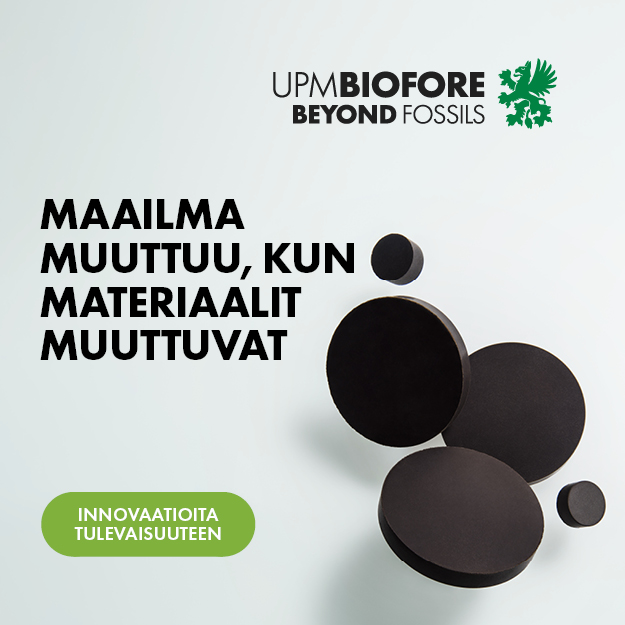
According to the statistics of Finnish Customs, the value of forest industry exports amounted to approximately EUR 6.8 billion in January–July 2015.
The increase in comparison to the corresponding period last year was 4 per cent. Pulp exports to China, in particular, are booming.
Biggest exporting destination countries in 2014; source: Finnish Customs
Value of exports, EUR 11.3 billion
- Germany 16.0 %
- United Kingdom 9.4 %
- China 5.4 %
- United States 5.4 %
- Russia 5.3 %
– – –
Analysis
“The growth in pulp exports this year received a particular boost from the euro’s weakness against the dollar.
Demand for pulp has grown, particularly in China. Globally, demand for hardwood pulp has grown more than demand for softwood pulp, in step with the increase in the supply of hardwood pulp, originating mostly from Latin America.
The demand for pulp is consumer-driven, because the most popular end-products are tissue paper and packages. The price of softwood pulp has declined during the current year. The increased capacity with regard to hardwood pulp may cause pressure on prices, but if demand in China continues to grow at its present rate, the market may yet absorb the new capacity.
China’s printing paper production is no longer growing strongly. On the other hand, the production of tissue paper and packaging board will keep increasing as the number of middle-class consumers in China keeps growing. China is also shutting down its old polluting pulp and paper capacity. Pulp production in China is not expected to grow to a marked degree, since the country does not have enough trees or land for plantations.
Finland, with its slow-growing trees, invests in softwood pulp which, due to its tensile properties, is used particularly in tissue papers and packaging products.
The strength of China’s growth is expected to fluctuate in the years to come. This may have a cyclical effect on the demand and prices for pulp, but the growth of the middle class and urbanisation is expected to continue.
As a bulk product, pulp is not representative of highly processed biomass. The flipside of bulk production, however, is its large scale, which will have a significant effect in terms of the Finnish economy.
The investment phase alone generates significant employment, as will harvesting and logistics, once production gets under way.
Pulp production is also very capital-intensive—once the investments have been made, production will continue far into the future. The investments will partly rely on competent personnel and existing infrastructure, such as in Äänekoski and in the conversions from paper to board. The expansions in pulp production will also secure demand for wood in Finland for a long time to come.
In addition to pulp and energy, a modern pulp mill seeks to produce a wide array of other bioeconomy products, the added value of which may grow to become significant over time.”
Markku Järvinen
Equity Analyst
Evli Bank Plc
Text by Jaakko Liikanen
Photo by Shutterstock



